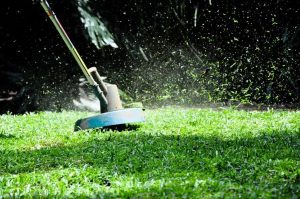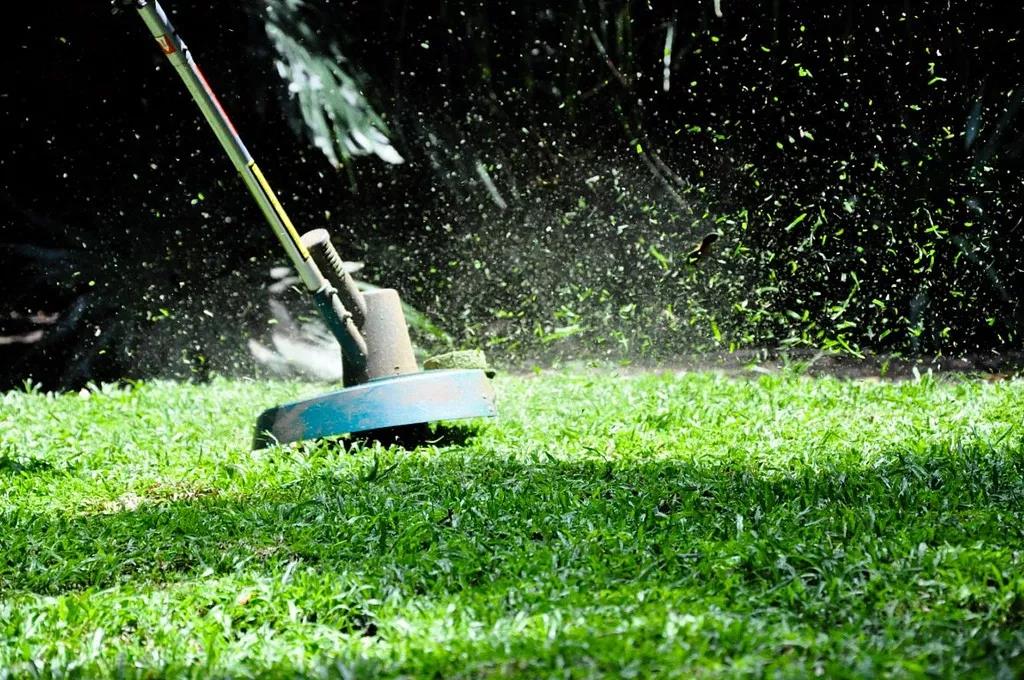
When it comes to fresh smell, many people think of the lawn just cut by the lawn mower. If you crush a few blades of grass, you will also smell this “grass smell”. How does this smell come about?

Normally, the leaves of plants also produce a small amount of volatile substances, but when they are damaged, the amount of volatile substances produced will increase a lot. Damage (for example, being cut by a lawn mower) will cause the enzymes in the grass blades to catalyze the decomposition of fat. This process first produces linolenic acid and linoleic acid, and then these fatty acids are further oxidized and decomposed by other enzymes, resulting in a series of carbon chain changes. Short small molecules (including aldehydes, alcohols and esters containing 6 carbon atoms), and these small molecules are the source of the “grass smell”. These substances are often collectively referred to as “Green leaf volatiles” (Green leaf volatiles).
Among them, the molecule that contributes the most to the smell of lawn is cis-3-hexenal (as shown in the figure below). Its olfactory threshold is very low, only 0.25 ppb (ppb=parts per billion, parts per billion), which means that you can smell it with just a little bit in the air. This compound is not very stable and can easily rearrange into trans-2-hexenal (also commonly called phyllal).

(Cis-3-hexenal, the representative compound of grassy smell)
These volatile substances produced in the injury are actually weapons that plants use to fight pathogens and animals. They can perform a variety of functions, such as transmitting chemical signals between neighboring plants, attracting predators to eat plant-eating insects, or producing some antibacterial effects, and so on.
But obviously, this defense mechanism is of no use to lawn mowers…
Comments